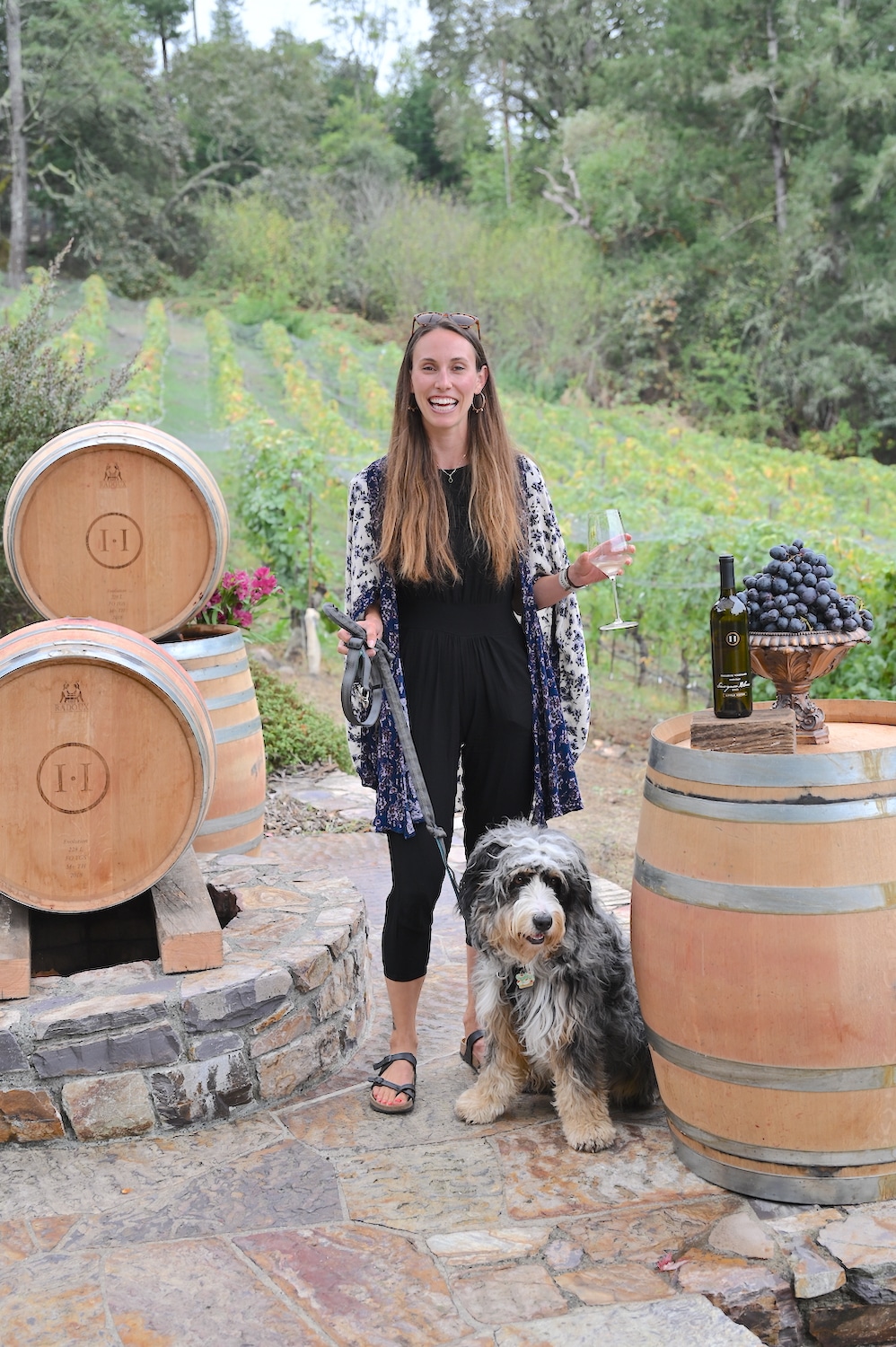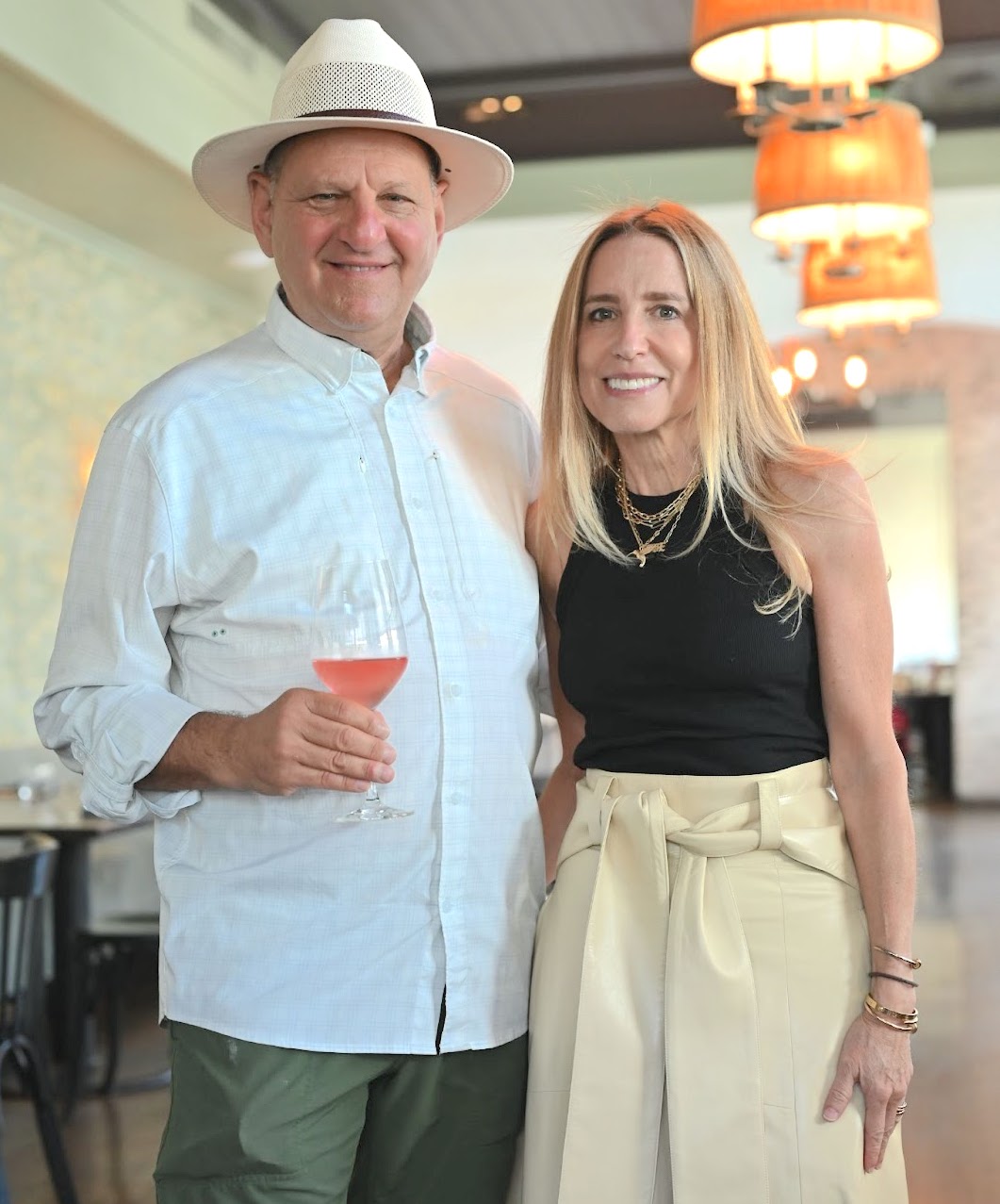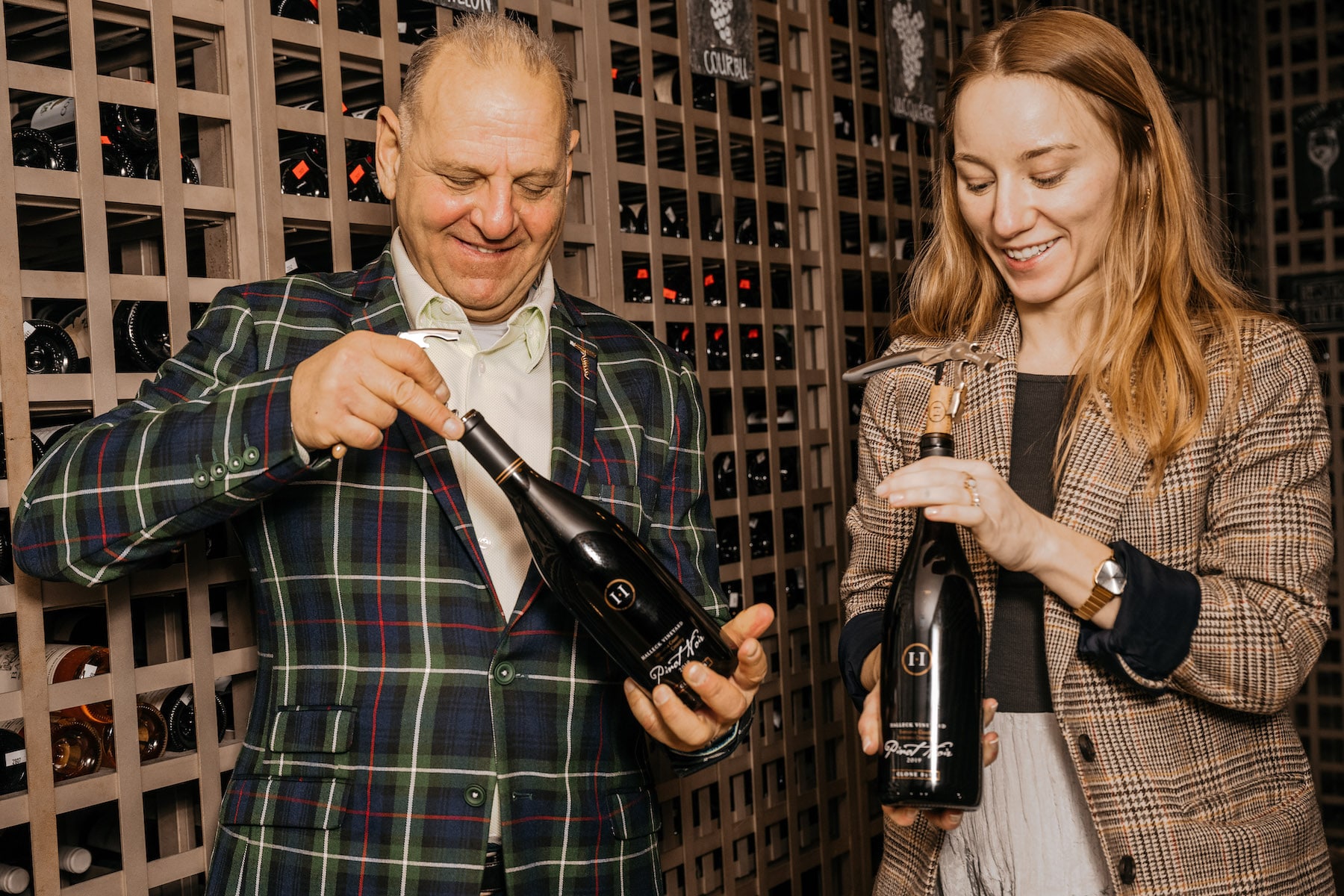Best Pinot Noir Wineries In Sebastopol - Sonoma's Best Vineyards
Best Pinot Noir Wineries In Sebastopol - Sonoma's Best Vineyards
Blog Article
Wineries With Outdoor Seating - Sebastopol Wine Country
Wine tasting is an art that requires practice and an understanding of varied aspects concerned in the process. One essential factor of wine tasting is the development and interpretation of tasting notes, which serve as a guide for both novices and seasoned connoisseurs. A Guide To Understanding Winery Wine Tasting Notes can improve your wine-tasting experience, making it extra significant and pleasant.

Tasting notes are concise descriptions that capture the essence of a wine’s flavors, aromas, and total character. Normally composed by professional tasters, winery tasting notes offer insights into the nuances of assorted wines. They may help wine enthusiasts understand what to expect from a particular bottle. Nevertheless, tasting notes can vary widely in style and element primarily based on the author's experience and palate.
Exclusive Wine Clubs In Sonoma - Wine Tasting Experiences In Sebastopol
When you first method a glass of wine, your senses will begin to have interaction immediately. The sight, odor, and taste of the wine will converge to give you a complete experience. Tasting notes usually begin with the visual evaluation, where the color of the wine is taken under consideration. Color plays a significant position in indicating the wine’s age, grape variety, and even its flavor profile.
After assessing the visible side, the following step entails swirling the wine in the glass. This motion aerates the wine, allowing its aromas to awaken. Smelling the wine supplies critical perception into its complexity. The preliminary sniff can ship a flood of scents which will embody fruity, floral, natural, or earthy notes. This is often essentially the most subjective part of tasting, as particular person experiences can dramatically differ.
In winery tasting notes, descriptors are often categorized into main, secondary, and tertiary aromas. Major aromas normally stem from the grape variety, secondary aromas derive from fermentation processes, and tertiary aromas come up from aging. Understanding these categories can help you recognize the depth of a wine, and they also provide the vocabulary to express your experience higher.
Elegant Wine Tasting Locations In Sonoma - Sebastopol Wine Tours And Vineyards
Following the olfactory encounter, your focus will shift to the taste of the wine. This is where the primary characteristics—sweetness, acidity, tannins, alcohol—come into play. Tasting notes often element these flavors in a number of dimensions, together with the initial assault in your palate to the lingering end in your tongue. A high-quality wine will present a harmonious steadiness between these factors.
While tasting, it is essential to ponder the physique of the wine, which can be described as light, medium, or full. The body contributes considerably to your total impression, serving to you think about how the wine pairs with food or whether it stands alone as a sipping wine. Balancing the body with the other traits provides you with a fuller understanding of what the wine has to offer.
The finish of the wine, additionally referred to as the aftertaste, is one other important side usually included in tasting notes. A lengthy, nice end normally indicates a higher quality wine, whereas a short or cloying aftertaste may counsel otherwise. Evaluating the finish can provide additional insight into the wine's complexity and distinction.
Understanding the context of winery tasting notes can also be priceless. Tasting notes can present contextual details about the winery's location, climate, and grape-growing practices. This context provides another more information layer of appreciation for the wine, allowing enthusiasts to connect the sensory experience with its origins, thus enhancing the enjoyment additional.
Off The Beaten Path Wineries In Sonoma - Tasting Experiences In Sebastopol Vineyards
Many wineries provide tasting notes on their websites or labels, typically written in an approachable yet informative style. However, not all winery tasting notes are created equal. Some may be overly technical, while others may prioritize marketing flair over insightful analysis. Learning to navigate these notes can arm you with the data to make knowledgeable selections when selecting wines.
Collaborating in tastings at wineries can even deepen your understanding of wine tasting notes. Interacting with knowledgeable staff can provide you a extra hands-on strategy to exploring completely different wines and the language used to describe them. Vintage Wine Tasting Experiences In Sebastopol. You Will have the chance to ask questions, engage in discussions, and probably refine your palate in actual time.
Experimentation is crucial for mastering wine tasting notes. As you pattern different wines, attempt making your personal notes. Focus on describing the wine’s shade, aroma, style, and finish. Over time, you’ll develop a private vocabulary that resonates with your sensory experiences. Every note you create will assist refine your palate, allowing you to understand wines at a deeper degree.
Wineries Known For Their Beautiful Gardens - Winery In The Sonoma Wine Region
In conclusion, a Guide To Understanding Winery Wine Tasting Notes provides a comprehensive framework for diving into the world of wines. It equips you with the strategies and language necessary to articulate your experiences. Whether you are a casual drinker or a dedicated aficionado, understanding and utilizing tasting notes can profoundly impact your wine journey. This knowledge not only enhances your enjoyment but also connects you deeply with the wealthy narratives every bottle tells. By embracing this journey, you turn into a part of the beautiful mosaic of wine culture, the place every sip unveils a new story ready to be found.
- Wine tasting notes typically encompass a wide range of sensory descriptions, together with aroma, flavor, acidity, physique, and finish, allowing tasters to fully recognize the wine's characteristics.
- To improve your understanding, familiarize your self with frequent wine terminology corresponding to "tannins," "oakiness," or "terroir," which may help decipher the notes extra effectively.
- A systematic strategy to tasting involves first visually assessing the wine's color and readability, adopted by swirling to release aromas, then inhaling and describing what you experience.
- Taking notes during tasting may help establish patterns over time, enhancing your palate and making it easier to recall preferences for future selections.
- Do Not overlook the affect of food pairings; tasting notes can differ greatly when a wine is loved with complementary flavors, altering notion and delight.
- Pay attention to the wine’s vintage, as weather conditions in a given yr can significantly affect the ultimate product, adding one other layer to the tasting notes.
- Think About the winemaker's style and philosophy, which may form the wine's profile and influence how its notes evolve with each sip.
- Working Towards with totally different grape varieties can broaden your vocabulary; each kind brings distinctive characteristics that may enhance your capacity to articulate tasting notes effectively.
- Engaging with wine professionals or attending tasting events can present valuable insights, offering a richer context for understanding personal tasting notes.
- Remember that tasting is subjective; particular person preferences and experiences will shape one’s interpretation of the identical wine, enriching the overall enjoyment of wine exploration.
What are wine tasting notes?
Wine tasting notes are descriptive comments made by tasters in regards to the look, aroma, style, and finish of a wine. They present an summary of the wine's traits and can help shoppers perceive the style and quality of the wine.
Wineries With Artisan Chocolate Pairings In Sonoma - Sonoma's Finest Wineries
Why are tasting notes important when deciding on wine?
Tasting notes can guide you in choosing a wine that suits your palate. They present insights into flavors and aromas, helping you to match wines with food or occasions. Understanding these notes enhances your overall wine experience.
How ought to I read wine tasting notes?
(Wineries With Scenic Views)
Wineries Promoting Wine Club Memberships - The Beauty Of Sebastopol Wineries

When reading wine tasting notes, pay consideration to the structure: look for descriptions of colour, aroma, flavor, and end. This will assist you to grasp the wine's try these out profile and decide if it aligns with your preferences.
What terms generally seem in wine tasting notes?
Common phrases embody "tannin" (the structure), "acidity" (the crispness), "body" (the weight), and numerous flavor descriptors like "fruity," "earthy," or "spicy." Familiarizing your self with these phrases can deepen your understanding of wine.
Wineries Offering Virtual Wine Tastings - Sonoma Wine Retreats

Am I Able To create my very own tasting notes?
Yes! Writing your individual tasting notes can improve your wine tasting experience. Focus in your observations of taste, aroma, and other sensory characteristics. This personal practice can help you refine your palate over time.
How do I identify the aromas in wine tasting notes?
Wineries With Beautiful Architecture - Wine Tasting At Sonoma Vineyards
To determine aromas, practice smelling a big selection of scents and associating them with wines. Swirl the wine in your glass to launch its aromas, then take a second to breathe in deeply earlier than figuring out any prominent scents.
What is the difference between professional and personal wine tasting notes?
Professional tasting notes might use extra technical language and particular terminology, while personal tasting notes are subjective and mirror individual experiences. Both are useful for understanding and enjoying wine, but personal notes might resonate extra along with your unique tastes.
How can tasting notes improve my wine appreciation?
Wineries With Breathtaking Gardens In Sonoma - Celebrated Wineries Around Sebastopol
Tasting notes can improve your appreciation by helping you to know and articulate the complexities of wine. They encourage aware tasting and provide a framework for comparing different wines, leading to a richer enjoyment of the beverage.
Are there any apps or instruments to assist with wine tasting notes?
Sure, there are several apps designed to help users record and organize their tasting notes. These instruments usually supply features like flavor wheel guides and wine database searches, making it easier to trace your journey by way of completely different wines. Report this page